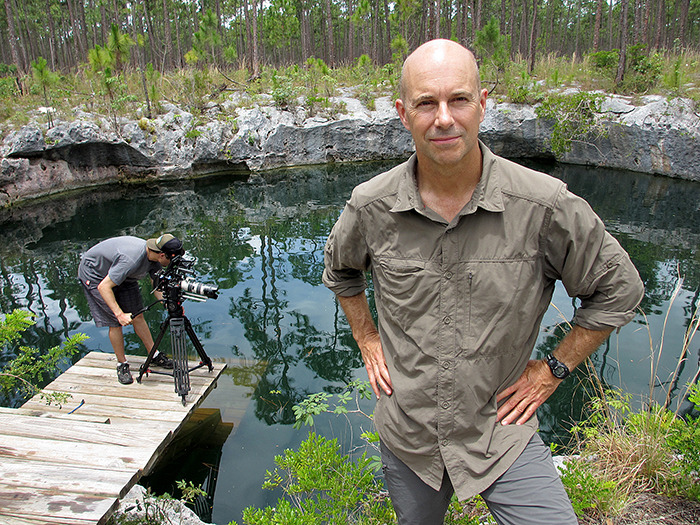3D camera review: how the Panasonic AG-3DA1 stands up to 3D documentary filmmaking
Normally my team and I use rig-based camera systems to shoot our 3D documentary material.
So far these custom-designed units have gotten the job done.
But to stay in this crazy 3D game you’ve got to try it all … last week it was time to play with a new toy.
We took the shiny Panasonic AG-3DA1 for a test drive.
Here’s some footage of the indoor shoot:
Here’s some footage of the outdoor shoot:
What you need to know:
-There are distance limitations as with any side by side camera rig. For instance when we were shooting in a room approx. 3m x 3m the closest we could get is about 1.2 meters to the subject. When we zoomed in we had to move to about 2.5 to 3 meters – we were out the door before we got a clean and well converged shot of the subject.
-To get anaglyphic 3D press the “mix” button.
-Both the viewfinder and LCD screen use anaglyphic as convergence guide.
-The LCD screen is soft when in “mix” mode – so focus needs to be continually checked.
What you’ll like:
-It’s lightweight.
-It shoots decent EXT.
What you won’t:
-The small sensor means that the image shows noise in low light.
The call:
Jury’s out for now. I’ve sent the footage into post, and will make the call on if it’s worth it to add to our 3D arsenal when I see the goods.
More to come …
–Ian Herring, President

